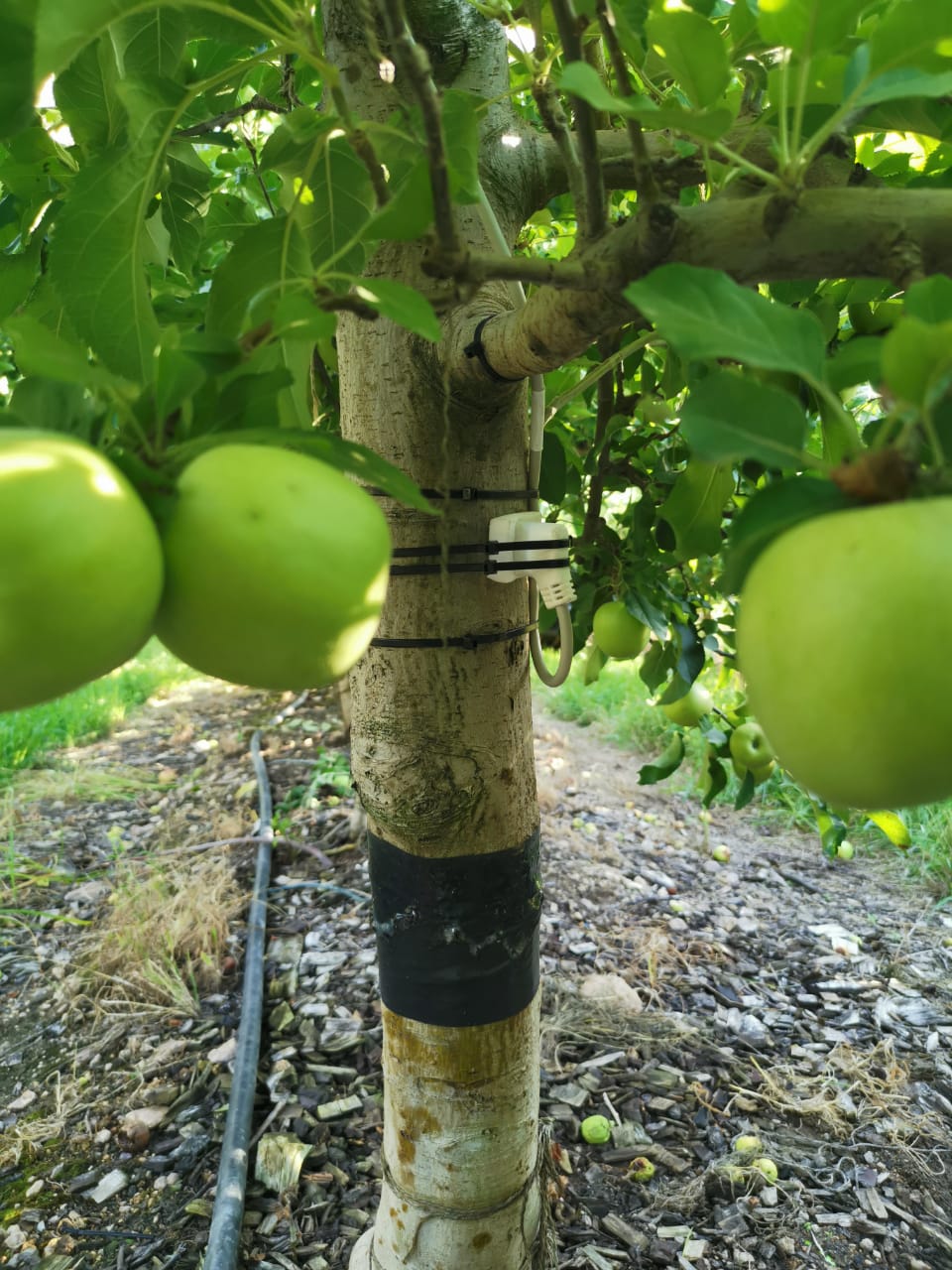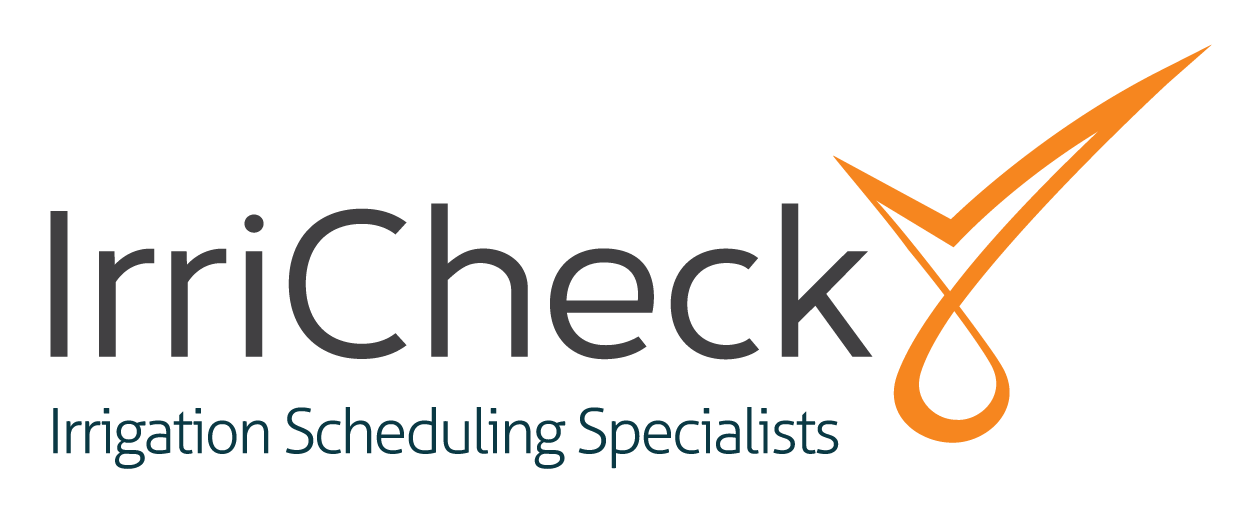
IoT and Irrigation Scheduling
The Internet of Things (IoT) has become a buzzword in agriculture over the past few years, promising to connect all things hardware to all things digital. What really matters however, is to ensure that there is strategic focus on what is being connected and what data is being produced, so that the
information has practical relevance, is user friendly and can be implemented to make a meaningful difference on the farm.
IrriCheck is SA’s largest independent irrigation scheduling consulting firm with irrigation scheduling consultants throughout SA and SADC. We are independent of the soil moisture probe manufacturers; and supply, install and maintain all the trusted brands, and provide our own proprietary irrigation scheduling software, IrriCheck Pulse™. At IrriCheck, we have taken a strategically prudent decision to connect sensors relating to and focused on irrigation scheduling to the IrriCheck Pulse™ irrigation scheduling platform, making decisions around irrigation management and water
use even more precise.
Sensors include:
• Weather stations: Provides us with reliable and accurate farm-specific forecast data, as well as ETo (Reference Evapotranspiration) data. This is in effect the demand placed on your crop from the atmospheric conditions, and will directly impact the daily water requirement for any given crop.
• In-line flow meters: This allows us to accurately and timeously measure water applied per tree, in litres or cubes per hectare.
• In-line EC meters: Placed into pivots, micro or dripper lines, these sensors send us data on water quality and/or fertigation dosage. Measuring in mS/cm, this can help identify if water quality is poor and/or if fertiliser concentrations are not sufficient or worse, too high, negatively affecting your roots and soils.
• Canopy sensors: This sensor allows us to accurately and timeously receive datameasuring VPD (Vapour Pressure Deficit), which is an indication of the stress being applied to the crop through the demand on transpiration, primarily as a result of temperature, humidity, wind and sunlight radiation.
• Sap flow meters: Installed into the tree, these sensors send us data on the rate of sap flow under different environmental conditions and importantly, in relation to data from other sensors, such as VPD and the loss of soil moisture in millimetres, derived from the soil moisture probes. Together with the probe, this data provides very accurate information on actual ETc (Evapotranspiration of the Crop) and factorsinfluencing this.
• Dendrometers: Placed onto fruit, this sensor sends us accurate and timeous data on the growth of the fruit. This, again, used alongside data on environmental conditions, VPD, sap flow and soil moisture data from the probe, provides us with a holistic view and valuable, interdependent information directly affecting fruit growth, which can then be manipulated by means of irrigation scheduling toachieve optimum size and quality. These IoT sensors link directly with telemetry units at the probe site and send data, which interfaces directly with the IrriCheck Pulse™ irrigation scheduling platform available on yoursmartphone, tablet or desktop computer. Data is then interpreted, providing meaningful information, which enables our irrigation schedulers and our clients to make well-informed changes to irrigation schedules to achieve real results
that are scientifically based.
Source: safj.co.za
